Nearly 9 in 10 parents say their kids influence their purchase decisions. Recent studies have identified children as the most important influencers in making daily household shopping habits more environmentally responsible.
Climate activist Greta Thunberg also began her climate change journey when she persuaded her parents to adopt lifestyle choices that reduced their carbon footprint.
There has been a significant increase in awareness about the impact of human activity on the environment. As the world grapples with the challenges of climate change, young people are taking an active role in advocating for a more sustainable future. Children are increasingly influencing their parents to adopt green practices daily.
Spending on sustainable brands and products by Gen X has increased by 24 percent since 2019, as a result of the Gen Z influence.
Studies have shown that children significantly influence their parents’ behaviour when it comes to environmental issues. Parents with children concerned about the environment are more likely to change their daily habits and be more conscious of their impact on the planet. Children are also encouraging their parents to become more active in advocating for environmental issues and supporting brands that are committed to sustainability.
The Greta generation is growing up and looking to raise awareness, often starting in their own homes. Brands that are looking to become more sustainable should take note of the role that children are playing in this movement.
Steps brands can take to become more sustainable and appeal to eco-conscious families.
To convey their social purpose and position themselves as eco-friendly and sustainable to Gen Alpha and Gen Z, brands can follow these steps:
- Be transparent.
Be open and honest about your sustainability practices and initiatives. Gen Alpha and Gen Z value sustainability and are more likely to trust and support brands that are transparent about their environmental impact. - Use eco-friendly materials.
Use environmentally friendly materials in your products and packaging. This can include using recycled materials, reducing plastic usage, and using biodegradable packaging. - Support social causes.
Gen Alpha and Gen Z are more likely to support brands actively involved in social causes. Support social causes that align with your brand’s values and messaging. - Communicate your values.
Clearly communicate your brand’s values and beliefs about sustainability. This can be done through social media, advertising campaigns, and product packaging. - Engage with your audience.
Engage with Gen Alpha and Gen Z through social media and other digital platforms. Encourage them to share their thoughts and feedback on your sustainability efforts. - Take concrete actions.
Take concrete actions to reduce your environmental impact. This can include reducing waste, using renewable energy sources, and supporting sustainable farming practices. - Educate your audience.
Educate your audience on sustainability issues and the impact of their choices. Provide tips and resources on how they can reduce their environmental footprint.
It is important for brands to not just talk about sustainability but to take steps to reduce their environmental impact actively. By doing so, they can gain the trust and support of Gen Alpha and Gen Z, who are increasingly conscious about sustainability and the environment.
Brands that want to appeal to eco-conscious families should take note of this and take steps to become more sustainable. By reducing waste, using sustainable materials, supporting environmental causes, and providing educational resources, brands can demonstrate their commitment to sustainability and appeal to consumers looking for eco-friendly products.
Not surprisingly, TikTok has become a popular platform for promoting sustainability and raising awareness about environmental issues among the younger generation. Its short-form video format and engaging content make it an effective platform for educating and inspiring others to take action toward a more sustainable future.
Here are a few examples of how TikTok contributes to the sustainability movement:
- #ClimateChange and #Sustainability Challenges.
TikTok users have created various climate change and sustainability challenges, such as the #ClimateChangeChallenge and #SustainabilityChallenge. These challenges encourage users to share their own sustainable habits and tips, spreading awareness about the importance of sustainability. - Upcycling and DIY Videos.
TikTok is a popular platform for DIY and upcycling videos. Users share videos of themselves transforming old clothes or other items into something new and fashionable, encouraging others to reuse and repurpose items instead of throwing them away. - Sustainable Fashion and Beauty Tips.
Many TikTok creators use the platform to share sustainable fashion and beauty tips. They show how to shop secondhand at thrift stores and online, create sustainable skincare routines, and reduce waste in the beauty industry. - Environmental Education.
TikTok has also become a platform for environmental education. Creators share short videos explaining climate change, sustainability, and other environmental issues in a fun and engaging way. - Advocacy Campaigns.
Many advocacy campaigns related to environmental and sustainability issues have taken place on TikTok, including campaigns focused on reducing plastic waste, promoting renewable energy, and protecting biodiversity.
Barriers brands face when trying to become eco-friendly.
Several barriers brands face when trying to become eco-friendly. Some of these barriers include:
- Cost.
One of the biggest barriers for brands that want to become eco-friendly is the high cost of sustainability. Sustainable materials and manufacturing processes can often be more expensive than traditional materials and methods. This can make it difficult for some brands to invest in sustainability. - Infrastructure.
Brands may also face barriers related to their infrastructure. For example, finding suppliers and manufacturers that use sustainable practices may be difficult. Additionally, it may require significant investment to update existing facilities and equipment to be more sustainable. - Lack of Consumer Demand.
While there is a growing demand for eco-friendly products, some brands may still face barriers related to consumer demand. Brands may hesitate to invest in eco-friendly practices if consumers are not yet prioritizing sustainability when purchasing. - Regulation.
Brands may also face barriers related to regulation. Governments may have regulations and policies that make it difficult for brands to adopt sustainable practices. Additionally, compliance with these regulations can be costly and time-consuming. - Education.
Finally, brands may face barriers related to education. Not all consumers may be aware of the benefits of eco-friendly products, and some may not understand the environmental impact of their purchasing decisions. Brands may need to invest in education and awareness campaigns to help consumers understand the importance of sustainability.
Becoming eco-friendly can be a challenging process for brands. However, as sustainability becomes more important to consumers and the planet, it is becoming increasingly necessary for brands to overcome these barriers and invest in sustainability.
Eco-Friendly Brands in the US, UK, and Asia: Examples and Positioning Strategies for Sustainability.
Here’s how successful sustainable brands position themselves as eco-friendly and attract consumers with their environmentally-friendly practices.
Patagonia.
Patagonia is a well-known outdoor apparel brand committed to sustainability. The brand has used recycled materials and organic cotton for years and has launched several initiatives to reduce its carbon footprint. Patagonia is known for its transparency in its supply chain and for advocating for environmental causes.
Eileen Fisher.
Eileen Fisher is a fashion brand focused on sustainable and ethical fashion. The brand uses organic cotton and recycled materials to make its clothing and has launched several initiatives to reduce its waste and carbon footprint. Eileen Fisher also partners with organizations that promote sustainability in the fashion industry.
Rapanui.
Rapanui is a sustainable clothing brand in the UK. The brand uses organic cotton and recycled materials to make its clothing and has a closed-loop production process that minimizes waste. Rapanui also uses renewable energy to power its factories and offsets its carbon footprint by planting trees.
Paperboat.
Paperboat is a beverage brand in India that uses natural ingredients and traditional Indian recipes to make its drinks. The brand uses eco-friendly packaging and is committed to reducing its carbon footprint by sourcing ingredients locally and using sustainable transportation.
Bamboo Straw Girl.
Bamboo Straw Girl is a brand in Singapore that sells eco-friendly bamboo straws. The brand sources bamboo from sustainable farms and has a closed-loop production process that minimizes waste. Bamboo Straw Girl also partners with environmental organizations and advocates for plastic-free living.
Sapa O’Chau.
Sapa O’Chau is a social enterprise in Vietnam that sells organic tea and coffee. The brand works with local farmers to source its ingredients and uses eco-friendly packaging. Sapa O’Chau also reinvests its profits into the local community, supporting education and sustainable tourism.
Messy Bessy.
Messy Bessy is a personal care and cleaning brand in the Philippines. The brand uses plant-based ingredients and eco-friendly packaging for its products. Messy Bessy also partners with organizations that promote environmental causes and provides employment opportunities to marginalized communities.
Avani Eco.
Avani Eco is a brand in Indonesia that produces eco-friendly bags and packaging made from cassava starch. The brand’s products are biodegradable and compostable, and its manufacturing process uses renewable energy. Avani Eco also partners with organizations that promote sustainable living and advocate for a circular economy.
MUJI.
MUJI is a Japanese brand that produces a wide range of products, including clothing, home goods, and food. The brand strongly focuses on sustainability and uses eco-friendly materials such as organic cotton and recycled paper. MUJI also encourages a minimalist lifestyle, which reduces waste and promotes sustainability.
Innowell.
Innowell is a Chinese brand that produces eco-friendly air purifiers. The brand’s purifiers use natural materials such as bamboo charcoal and HEPA filters to remove pollutants from the air. Innowell also focuses on energy efficiency, using less energy than traditional air purifiers.
Klean Kanteen.
Thailand-based brand Klean Kanteen produces eco-friendly water bottles and containers using stainless steel, a sustainable and recyclable material. It encourages consumers to reduce their use of single-use plastic bottles. Klean Kanteen also partners with organizations that promote environmental causes and sustainable living.
These brands have positioned themselves as environmentally-conscious by using eco-friendly materials, reducing waste, and promoting sustainable lifestyles. They also communicate their eco-friendly practices to consumers through marketing and transparency in their supply chains. Additionally, they partner with organizations that promote environmental causes and sustainable living, which helps to raise awareness of sustainability issues and promote positive change.
To position themselves as sustainable and appeal to this generation, brands need to take a 360-degree approach to sustainability. This means that they should consider not only the materials they use in their products and packaging but also the production methods and conditions, as well as their supply chain and distribution practices.
Brands that prioritize sustainability and are transparent about their practices can build trust with young consumers, who also yield some influence on their parents’ purchasing behavior and gain a competitive advantage in the marketplace. By adopting sustainable practices, brands can contribute to the global effort to address climate change and reduce their environmental impact.
Get regular insights
Keep up to date with the latest insights from our research as well as all our company news in our free monthly newsletter.

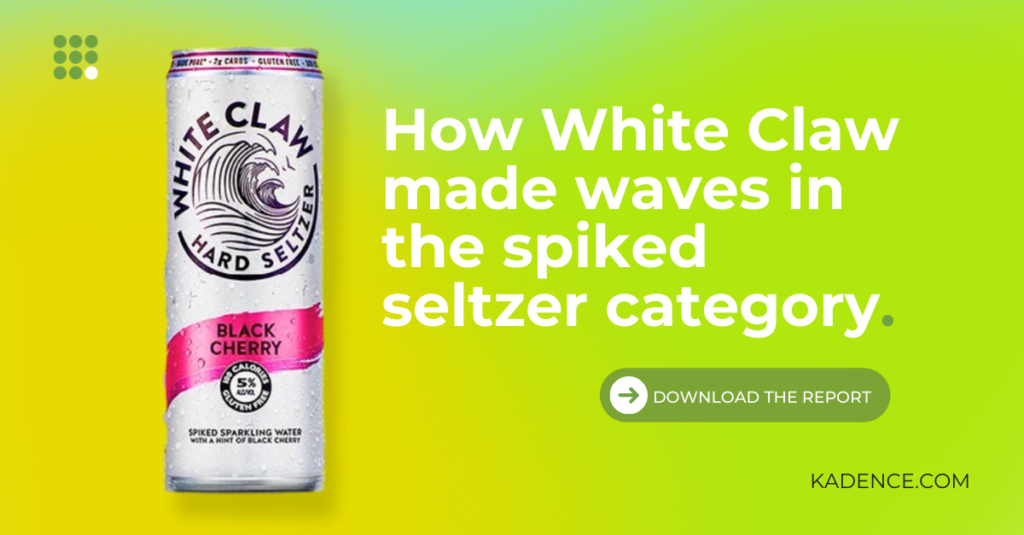
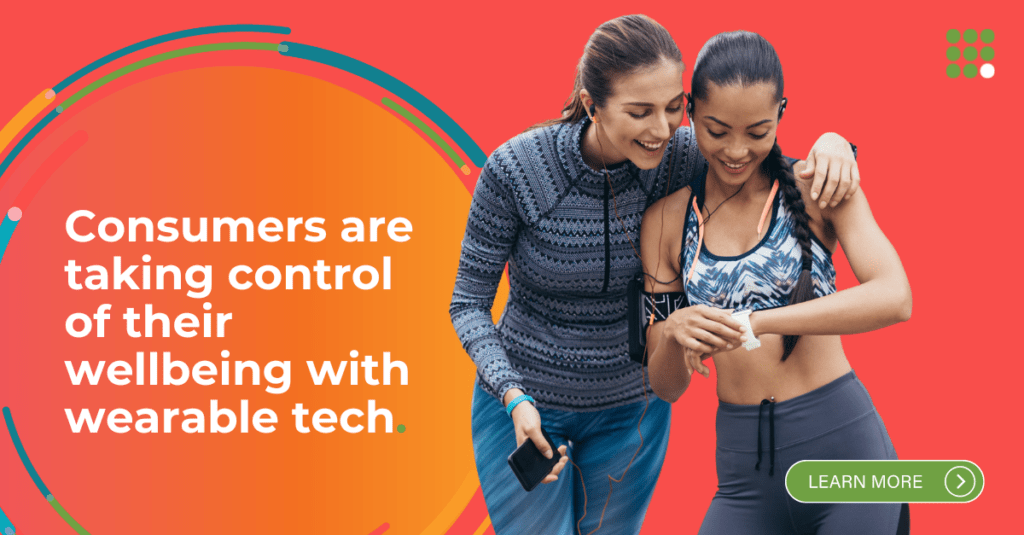
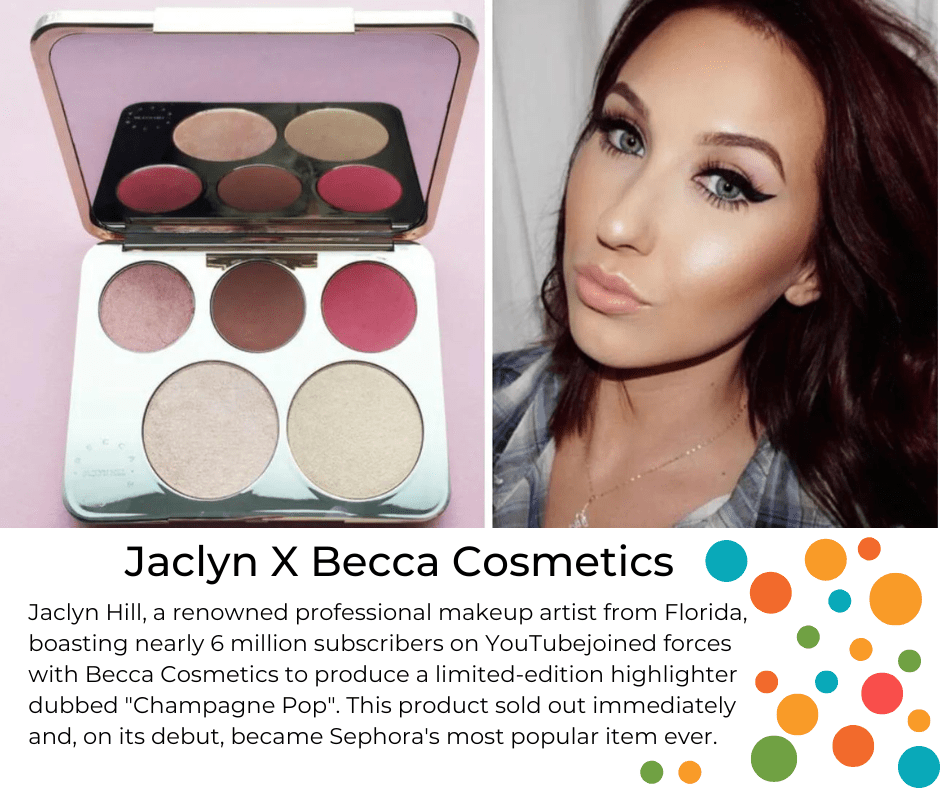
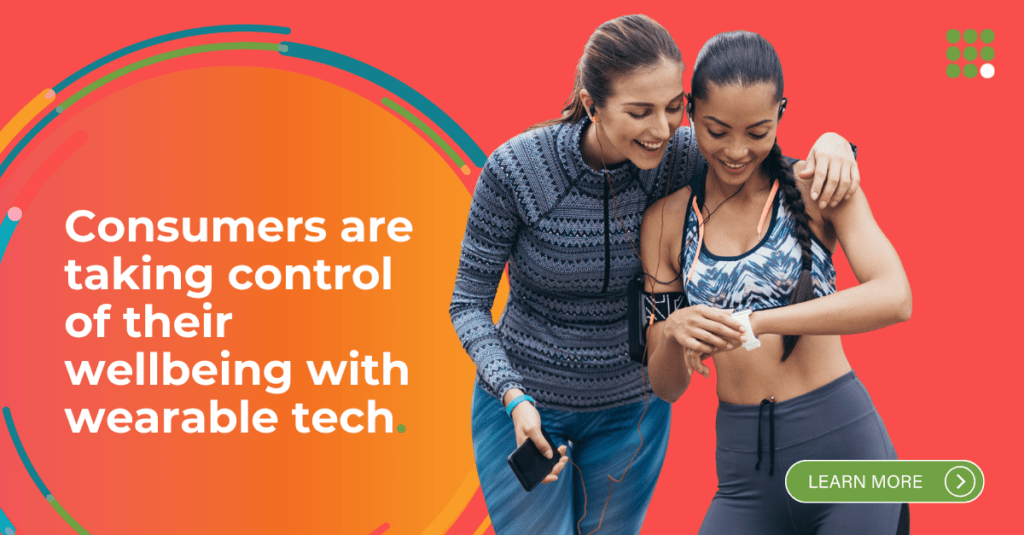
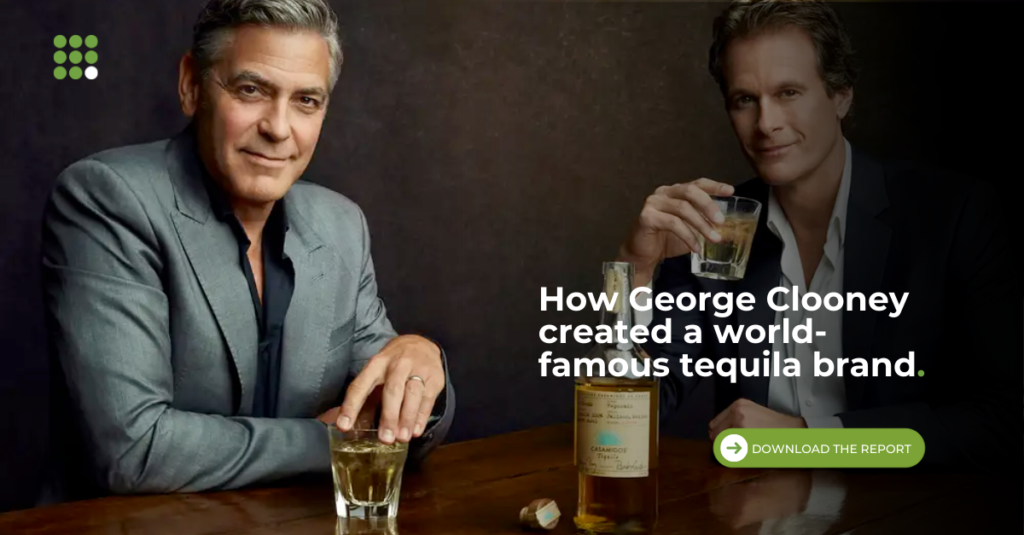
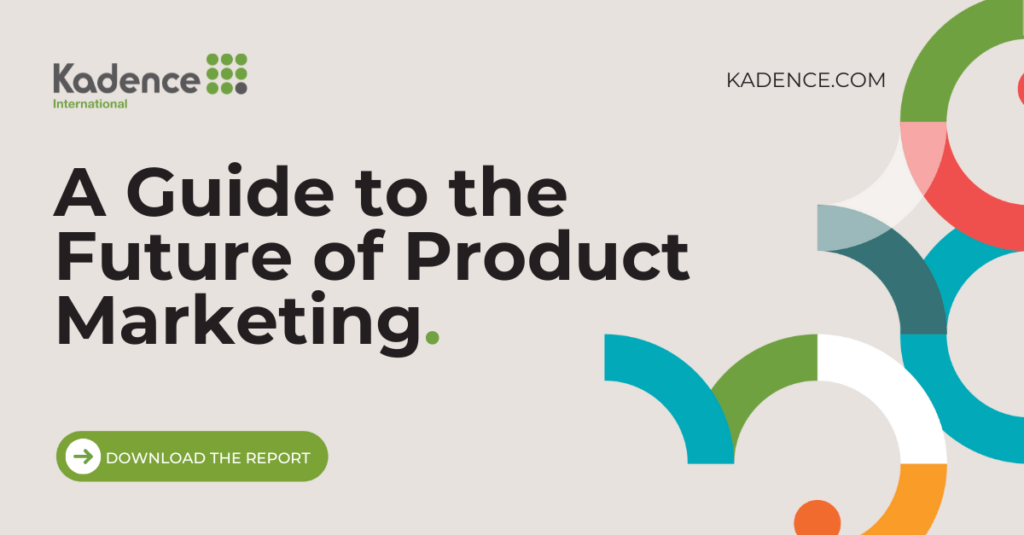
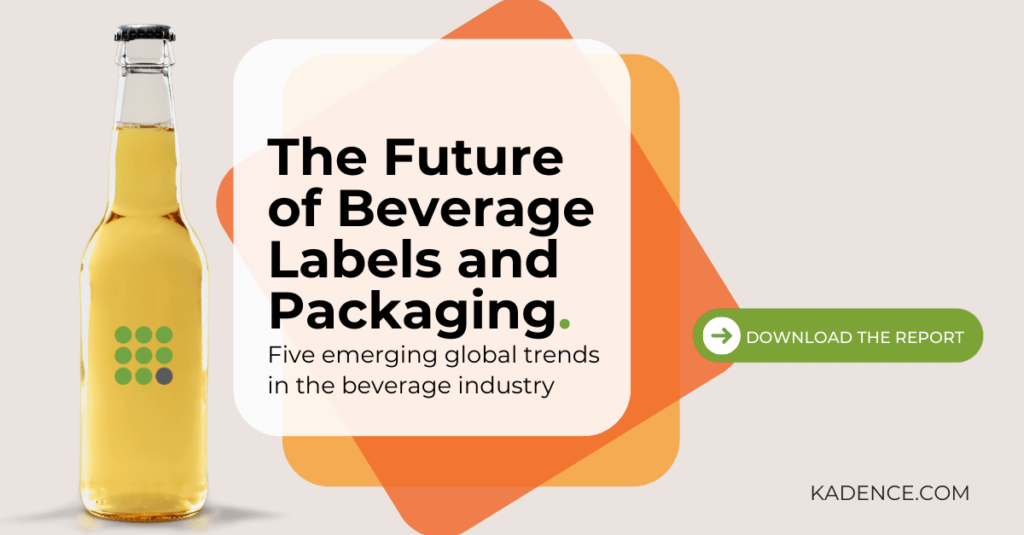
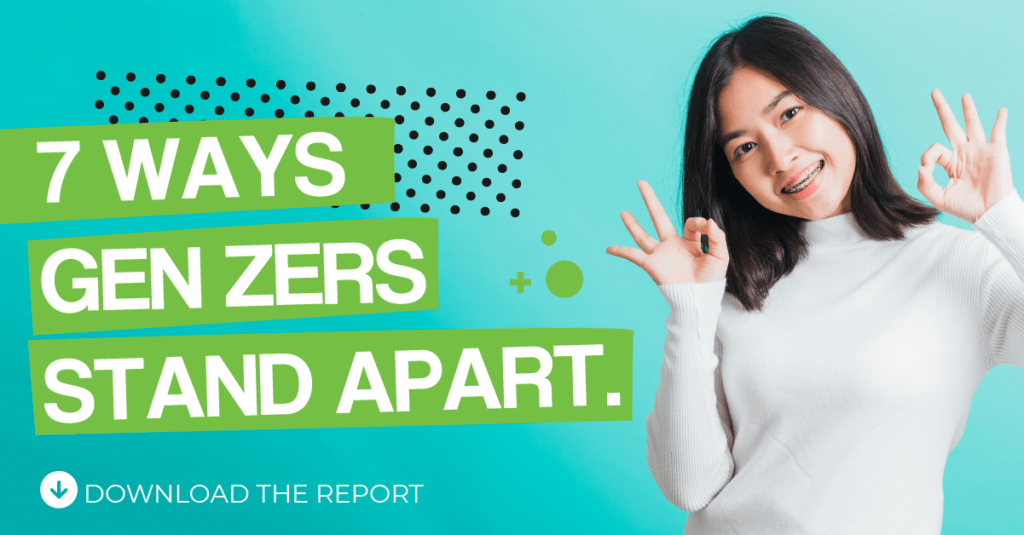

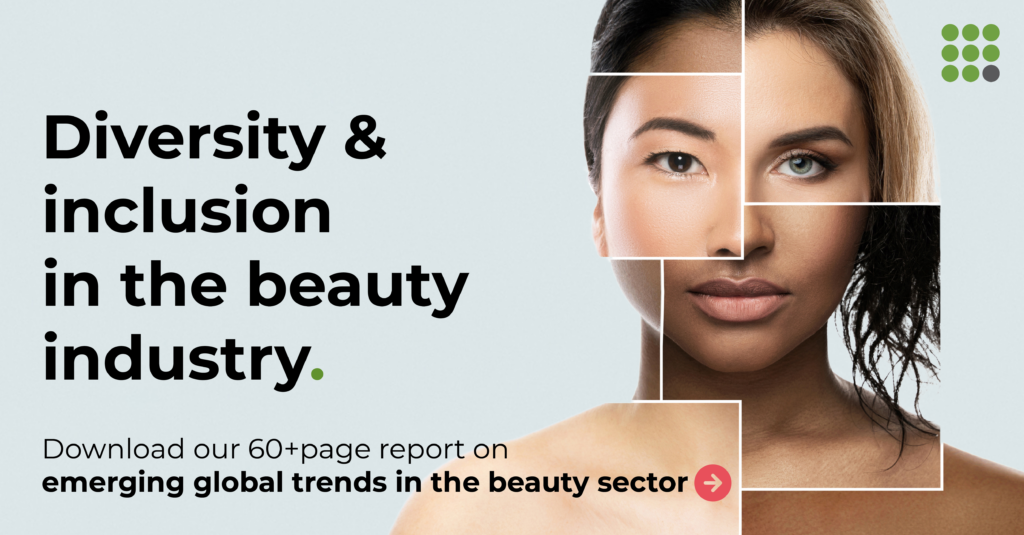
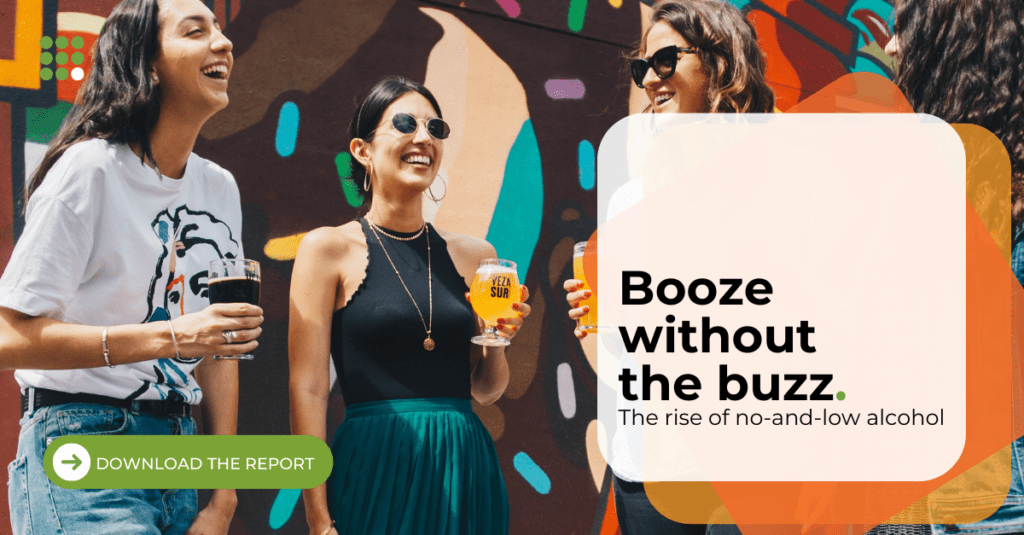
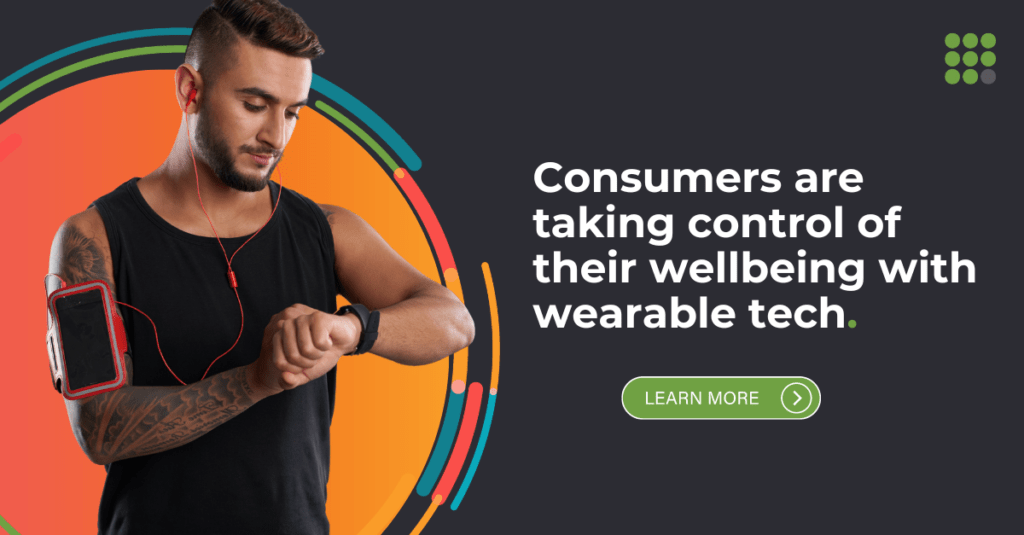
 Senior Marketing Executive
Senior Marketing Executive Sales & Marketing
Sales & Marketing General Manager PR -Internal Communications & Government Affairs
General Manager PR -Internal Communications & Government Affairs Vital Strategies
Vital Strategies
 Customer Intelligence Director
Customer Intelligence Director